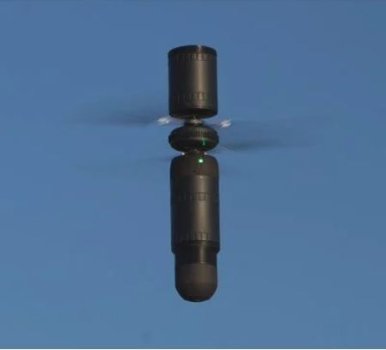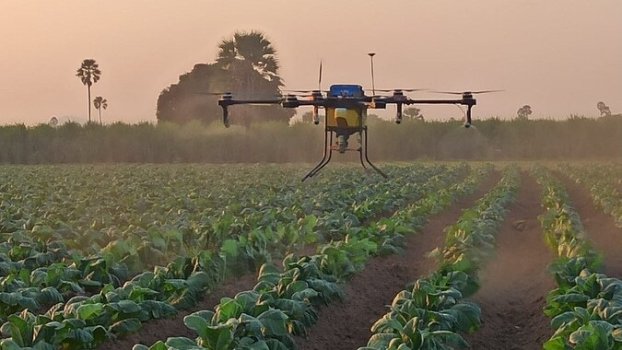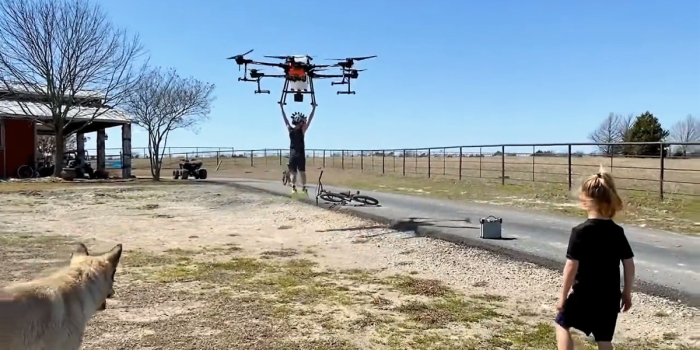How IoT device shadows affect cybersecurity
- Technology Solutions
- 0 Replies
Internet of things (IoT) networks has become a standard part of many organizations’ operations. As these networks grow in size and complexity, managing them becomes increasingly challenging, leading businesses to rely on third-party management solutions. Amazon Web Services (AWS) is one of the most popular thanks to features like device shadows.
AWS has been the dominant force in cloud services for years, accounting for roughly a third of the market since at least 2017. Consequently, many companies use AWS to manage their IoT networks, which presents several benefits but also raises some concerns. AWS’s Device Shadow service is perhaps the best example of this duality.
What Are IoT Device Shadows?
The Device Shadow service aims to simplify and improve communication between different IoT devices on a network. It does this by creating “shadows,” which are files on the cloud that work as a stand-in for a given device. These make a device’s state available to apps and services even when not connected to AWS IoT.
Continue reading:
https://www.securityinfowatch.com/cybersecurity/article/21239604/how-iot-device-shadows-affect-cybersecurity
AWS has been the dominant force in cloud services for years, accounting for roughly a third of the market since at least 2017. Consequently, many companies use AWS to manage their IoT networks, which presents several benefits but also raises some concerns. AWS’s Device Shadow service is perhaps the best example of this duality.
What Are IoT Device Shadows?
The Device Shadow service aims to simplify and improve communication between different IoT devices on a network. It does this by creating “shadows,” which are files on the cloud that work as a stand-in for a given device. These make a device’s state available to apps and services even when not connected to AWS IoT.
Continue reading:
https://www.securityinfowatch.com/cybersecurity/article/21239604/how-iot-device-shadows-affect-cybersecurity























